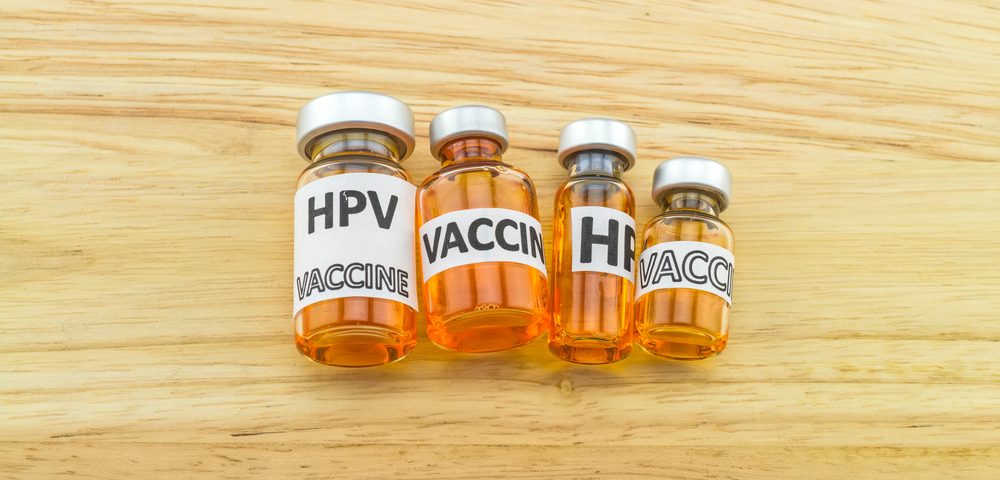Vaccinating young girls against human papilloma virus (HPV) reduced the rates of cervical abnormalities, including those considered to be pre-cancerous changes, according to a study exploring the effects of an HPV screening and vaccination program in New Mexico.
The study, “Population-Based Incidence Rates of Cervical Intraepithelial Neoplasia in the Human Papillomavirus Vaccine Era,” published in the journal JAMA Oncology, may send a signal to parents, policymakers, and medical professionals about the importance of HPV vaccinations.
After the HPV vaccine was approved by the U.S. Food and Drug Administration in 2007, New Mexico began to keep track of HPV-related cervical changes through the New Mexico Human Papillomavirus Pap Registry — the only state in the U.S. to do so.
The registry holds data on cervical screening, diagnosis, and treatment of resulting conditions, and allowed researchers at the Centers for Disease Control and Prevention, along with those at The University of New Mexico Comprehensive Cancer Center, to explore the impact of vaccinations done in the state between Jan, 1, 2007, and Dec. 31, 2014.
Findings showed that, during this period, the rate of cervical abnormalities, including those classified as precancerous lesions, decreased in women ages 15-19. Among women in the age group 20-24, the rate of moderate severity precancerous lesions also gradually lowered.
During the same time, the rates of vaccinations increased. In 2008, nearly half of girls (48 percent) ages 13-17 had at least one shot of the vaccine, while 17 percent received all three doses required for immunity.
By 2014, the number of girls receiving at least one shot had increased to 59 percent. But the largest increase was in the group receiving all three shots, amounting in 2014 to 40 percent.
Cosette Wheeler, PhD, a professor at the University of New Mexico, and her team, noted that the lower rates of cervical abnormalities may have several explanations. Through cross-reactions, the vaccine can protect against strains of HPV types that it was not designed to target. Also, as more girls and young women receive all three doses, immunity improves.
Finally, a process known as herd immunity can contribute to lessen HPV spread. Herd immunity arises when enough people are vaccinated so that unvaccinated individuals are also protected against a virus.
In 2009, HPV vaccines were also approved for men, and vaccination of boys and men could also have contributed to the herd immunity effect.
“The data suggests that the age at which we begin cervical screening in the United States might be raised soon to age 25 as is already done in a number of other countries,” Wheeler said in a news release.
“Raising the age at which we begin cervical screening would be one of the first steps in integrating cervical screening and HPV vaccination, an important step in using healthcare dollars more effectively,” she added.

